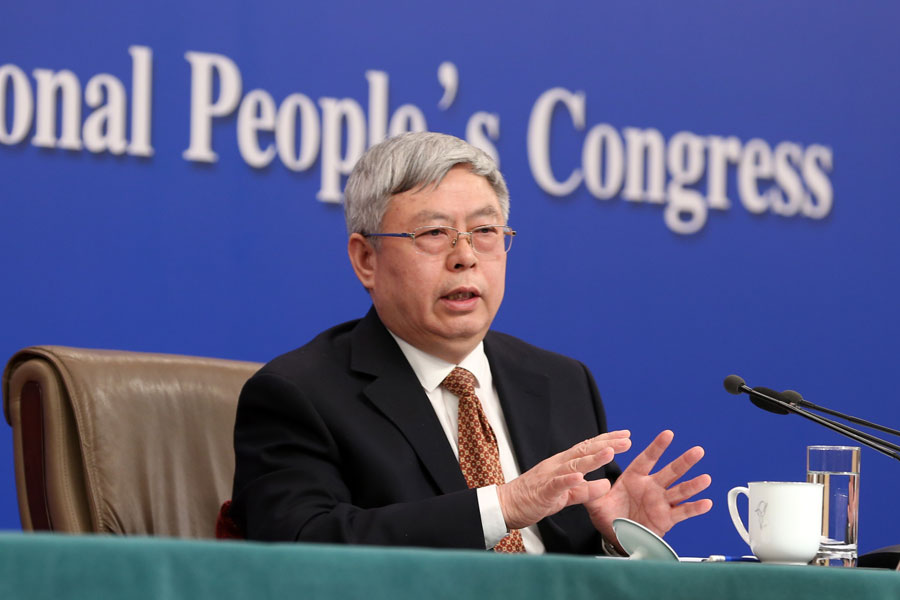China has set a target to lift 10 million people and 300 counties out of poverty line in 2019.
The Asian country launched campaign to eradicate poverty in 2015 and set a five-year target of eliminating “absolute poverty” by 2020.
Mr Liu Yongfu, Minister of the State Council Leading Group Office of Poverty Alleviation and Development, said China had made remarkable achievements in its efforts to reduce rural poor population and has the ability to achieve the 2020 target.
“This year, we aim to lift 10 million people and about 300 counties out of poverty,” Liu said at a briefing on Thursday in Beijing on the sidelines of the ongoing Second Session of the 13th National People’s Congress (NPC), the country’s national legislature.
Giving the breakdown of the figure, Liu said over 80 million people were lifted out of poverty in the past six years, slashing the poor population from 98.99 million at the end of 2012 to 16.6 million at the end of 2018.
In the same period, over 13 million people on average were lifted out of poverty yearly, he said.
The minister said, as at 2013, China had about 832 impoverished counties.
“28 counties were lifted out of poverty in 2016, 125 counties in 2017, and an estimated number of 280 counties in 2018. So far, 85 percent people, 80 percent villages, and over 50 percent counties have overcome poverty,” he said.
In spite of the achievements, Liu acknowledged that reducing rural poor population was still a long-term task and that there would still be “relative poverty” even after China eliminates “absolute poverty” by 2020.
China’s number two leader Premier Li Keqiang had, on Tuesday, told the national parliament that the country stepped up initiatives to alleviate poverty through the development of local industries and financial support for impoverished counties.
This, Premier Li said, had enabled poor areas to boost their capacity for self-sufficient development.

 Join Daily Trust WhatsApp Community For Quick Access To News and Happenings Around You.
Join Daily Trust WhatsApp Community For Quick Access To News and Happenings Around You.


